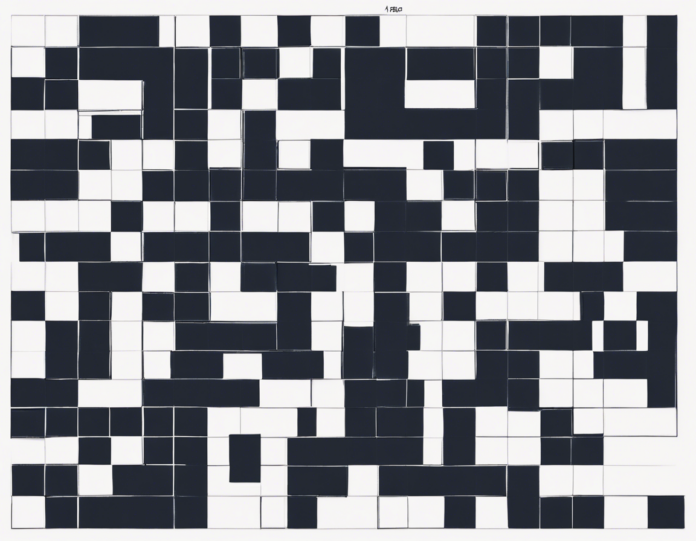When it comes to mathematics, algebra plays a pivotal role in solving various equations and formulas. One common algebraic expression that often confuses students is the calculation of A squared minus B squared. In this comprehensive guide, we will delve into this mathematical concept, explore the formula, understand the derivation, and provide step-by-step examples for better clarity.
Understanding A Squared Minus B Squared
To begin with, let’s establish the basic definitions of A squared and B squared. When we say A squared, we are referring to the square of a number or variable A, which is denoted as A^2 (A raised to the power of 2). Similarly, B squared represents the square of another number or variable B, denoted as B^2.
The expression A squared minus B squared can be mathematically represented as A^2 – B^2. This is a specific algebraic formula known as the difference of squares.
Derivation of A^2 – B^2 Formula
The formula for A^2 – B^2 can be derived using the identity for the difference of squares. When we have two squares, say A^2 and B^2, their difference can be expressed as follows:
A^2 – B^2 = (A + B)(A – B)
This formula is derived by recognizing that A^2 can be written as A × A and B^2 can be written as B × B. When we expand the expression (A + B)(A – B) using the FOIL method (First, Outer, Inner, Last), we get:
- First: A × A = A^2
- Outer: A × -B = -AB
- Inner: B × A = AB
- Last: B × -B = -B^2
When we combine these terms, the -AB and AB cancel out, resulting in A^2 – B^2.
Step-by-Step Calculation
Let’s walk through a step-by-step calculation of A^2 – B^2 with some numerical values to provide a concrete example:
Given: A = 5 and B = 3
- Calculate A^2: A^2 = 5^2 = 25
- Calculate B^2: B^2 = 3^2 = 9
- Substitute the values into the formula: A^2 – B^2 = 25 – 9
- Perform the subtraction: 25 – 9 = 16
Therefore, when A = 5 and B = 3, A^2 – B^2 equals 16.
Properties of A^2 – B^2
- Factorization: As previously mentioned, A^2 – B^2 can be factored into (A + B)(A – B). This property is essential in simplifying algebraic expressions.
- Difference of Squares: The formula A^2 – B^2 is a specific case of the difference of squares and is crucial in many mathematical computations.
- Application in Mathematics: The A^2 – B^2 formula is frequently used in various mathematical concepts, including factorization, algebraic manipulation, and trigonometry.
Examples of A^2 – B^2 in Real-Life Scenarios
Understanding how to calculate A^2 – B^2 can have practical applications beyond textbook exercises. Consider the following real-life scenarios where this formula might be useful:
- Finance: Calculating the difference between the squares of two variables can be helpful in financial analysis, such as comparing investment returns or analyzing trends.
- Engineering: Engineers often use algebraic formulas like A^2 – B^2 in designing structures, analyzing data, and solving complex equations.
- Physics: Understanding the difference of squares is fundamental in physics calculations involving forces, energies, and mathematical modeling.
Frequently Asked Questions (FAQs)
-
What is the formula for A^2 – B^2?
The formula for A^2 – B^2 is (A + B)(A – B). -
Can A be equal to B in the A^2 – B^2 formula?
Yes, A can be equal to B, but the result of A^2 – B^2 would always be 0. -
How is the difference of squares formula derived?
The difference of squares formula is derived by expanding the expression (A + B)(A – B) using the FOIL method. -
In what scenarios is the A^2 – B^2 formula commonly used?
The A^2 – B^2 formula is frequently used in algebraic expressions, factorization, trigonometry, and various mathematical computations. -
How does understanding the A^2 – B^2 formula benefit students in mathematics?
Understanding the A^2 – B^2 formula helps students simplify algebraic expressions, solve equations efficiently, and grasp the concept of differences of squares.
In conclusion, mastering the calculation of A^2 – B^2 is essential for anyone studying algebra or dealing with mathematical computations in various fields. By understanding the formula, its derivation, properties, and real-world applications, individuals can enhance their problem-solving skills and analytical thinking in mathematics.
